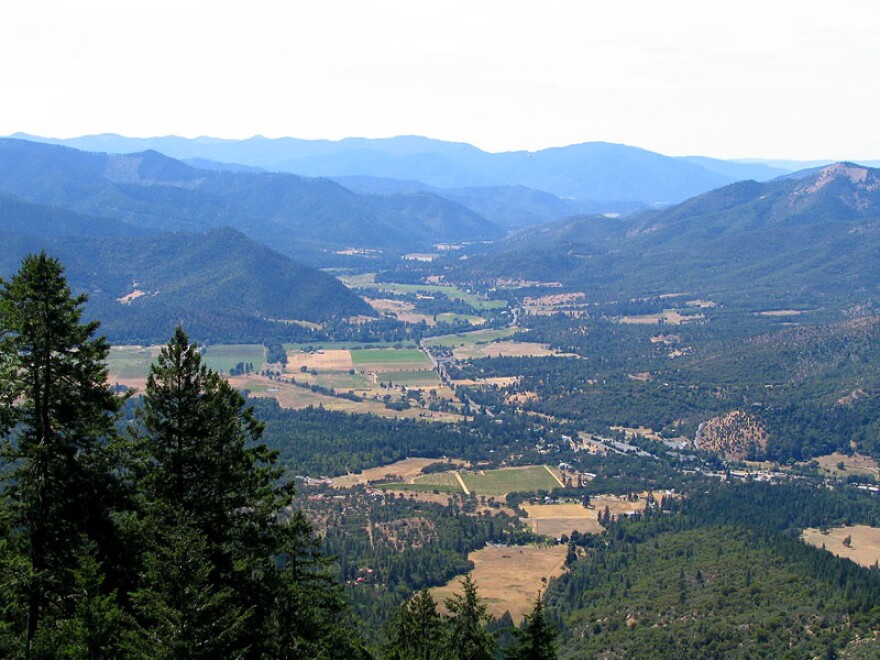In response to a recent JPR story on the issue, reporter Roman Battaglia talked with Luke Ruediger, executive director of the Applegate Siskiyou Alliance. Ruediger discussed the new forest management plan released by the Medford BLM this year, known as the Integrated Vegetation Management Plan. The BLM says the plan will improve public engagement. But, Ruediger argues here, it cuts out opportunities for meaningful public comment.
This interview has been edited for length and clarity.
Luke Ruegider: Residents throughout southwestern Oregon and conservationists throughout southwestern Oregon have really made efforts to work with federal land managers to address issues throughout the region.
A lot of the problem that we see is that increasingly the federal government and federal land managers are not making that effort to communicate and collaborate or even to share basic information on federal land management projects with the public. And that's leading to a lot of issues surrounding trust.
It's also creating a lot of situations where essentially, the BLM is operating in secret and refusing to provide information on the projects that they're designing on federal lands to the public that those projects would affect.
Roman Battaglia: What would you want to better understand about the BLM about their goals or the way they do things?
LR: One of the things that I think a lot of people are really struggling to grasp here in southwestern Oregon is how the agency can continually implement these commercial thinning operations that have detrimental impacts to the environment without any real analysis or extensive monitoring data to demonstrate what's actually happening out there on the landscape.
I mean, one of the things that we see is that increasingly the agencies have promoted this quite rosy, overly optimistic, perhaps unrealistic narrative about the benefits of these commercial logging treatments. But I think very little emphasis or work has gone into actually quantifying or identifying the real outcome of these projects over the years.
And so what we've seen in the Applegate Valley based on decades of monitoring in our area, is that we're seeing a lot of these commercial thinning projects that were specifically designed to promote forest health or to reduce fuels. These are also now areas where we see heavy fuel loading in the understory due to the removal of canopy. And we've also seen these areas to be the center of bark beetle outbreaks here in the Applegate Valley.
So, if the agency is doing this logging to promote forest health and to reduce fire risks, a lot of us are wondering why do we see the activities that are being implemented, the so-called solutions creating more problems out there in the landscape?
RB: And looking at the other side, if you could say anything to the BLM, what would you want them to understand about you and your position?
LR: As far as just the community and the public involvement or the collaboration aspect, I really think that the Medford District BLM has a lot of opportunities to work with the community and the public, but they're not actively taking advantage of those opportunities.
So I think that if they're serious about collaborating with the public they could stop designing controversial timber sales in secret. They could also reinstitute the Applegate Adaptive Management Area which was heavily supported by the community and supports community collaboration. They could also commit to providing information to the public on public land management projects.
Open, transparent access to information is the foundation of true collaboration. And without that basic step, and that basic information being provided, the public remains in the dark, and the agency continues to design and implement projects without community input.
And I think that if they were willing to pull back and start really initiating and recommitting to these processes that they engaged in in the past that a lot of the controversy and a lot of the mistrust and a lot of the disagreements could be dealt with in a much more productive manner.



